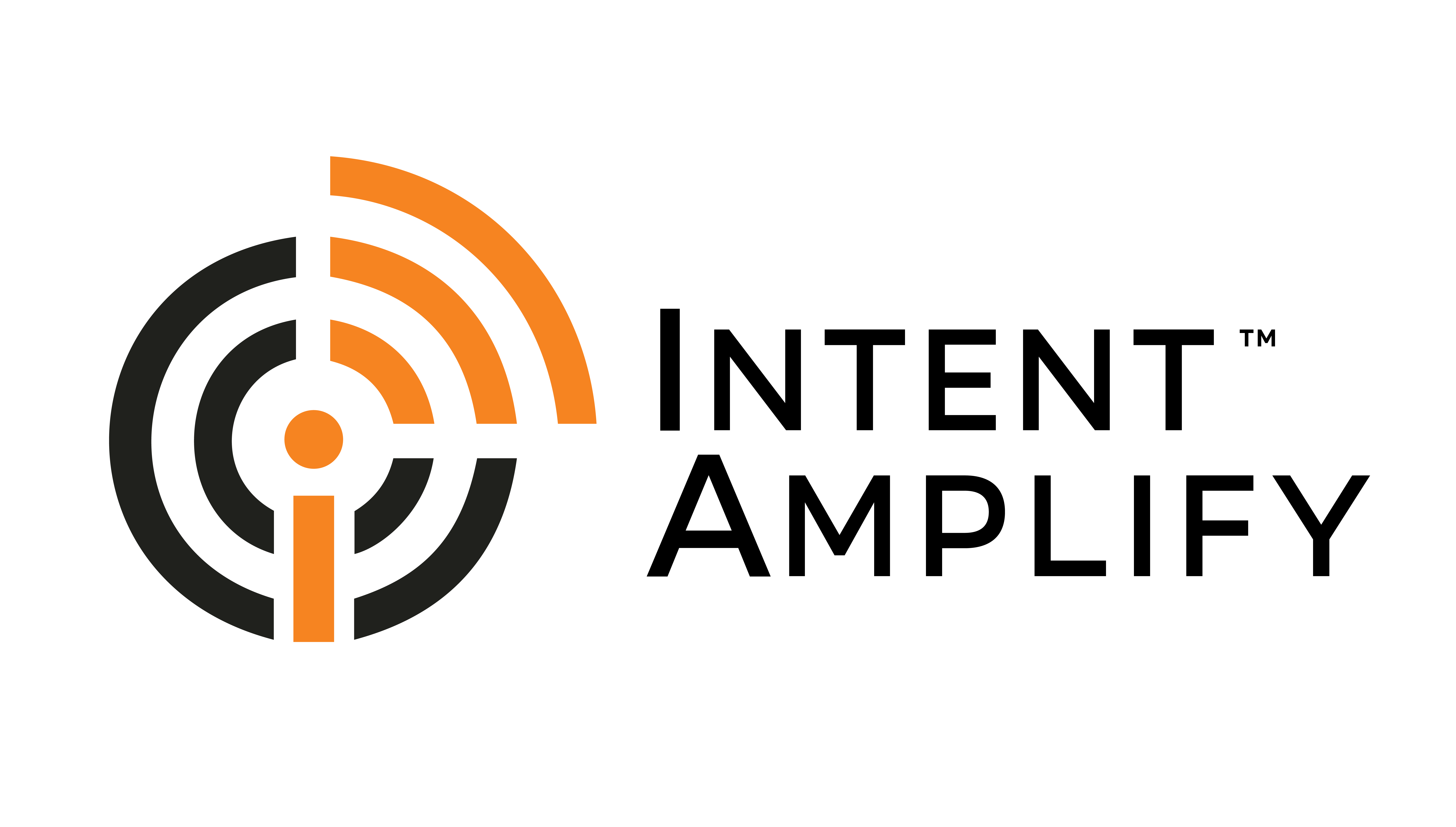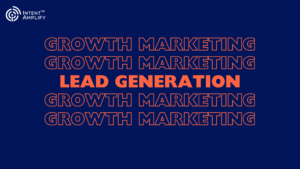
Is Your B2B Brand Invisible? 3 Proven Ways to Generate Demand
Winning brands focus on strong B2B demand generation strategies to influence customer engagement. In B2B marketing, nothing is constant, and nothing can be taken for granted. When everything is so volatile, creating genuine interest and demand for products and services can put your brand in front of your customers without friction. A well-defined B2B demand generation strategy will pique the interest of your high-value customers, ultimately resulting in loyal clients. Demand generation success equals highly qualified leads for growth marketing teams.
In this article, we will define demand generation, highlighting the efforts you should take to create effective B2B demand generation strategies. We aim to create awareness about the strategies for B2B marketers before they can take practical steps to engage with more qualified prospects and initiate conversations with decision-makers from their ICPs.
What is Demand Generation?
Every marketer will come up with their unique definition for demand generation– that’s a seriously innovative trend and a healthy one too! For the sake of clarity and simplicity for new marketers who have just started dabbling with B2B marketing, here’s Intent Amplify’s definition of demand generation.
Demand generation is an insights-based approach to “generate” interest among prospects and existing customers and scale demand from these accounts for your products and services, positioning your brand as the go-to choice within your market.
Demand generation strategies propagate by reducing the traditional silos between the Sales and Marketing teams, using near real-time decision-making insights on HQLs along the buying cycle. In short, sell to prospects and customers without sounding too sales-ey about it.
3 Proven Ways to Generate Demand
1. Content that Converts
91% of B2B marketers use content to spread the word about their company.
Before tactics such as account-based marketing, intent data, content personalization, and on-demand content became buzzwords in the lead generation industry, marketing and sales teams ran on contrasting methodologies. Soon, demand generation kicked in, and moved marketing campaigns closer to sales demand fulfillment. Meaning, marketing teams became strategic partners to sales, directly impacting customer lifetime value (CLTV).
Content strategy is the stepping stone for demand generation executives. They rely on high-quality content to influence decision-makers. When customers see your content as an influential asset, you soon climb the ladder as a thought leader in the industry. This makes them more likely to buy from you. A dedicated content marketing calendar for your customers engages them better than any other tactic. Plus, you can easily measure the KPIs to scale your approach for better returns from your B2B demand generation strategies. Your content needs to target key decision-makers working at the businesses you serve.
For example, CoSchedule is a B2B business that sells a content calendar tool. Their content targets C-level executives, such as CMOs, who are investing in software for planning and scheduling content.
Another thing to note is that unlike B2C content which engages audiences on social media platforms like Twitter and Facebook, B2B businesses tend to distribute their content via email marketing, conferences, search, and their owned websites.
Research by FocusVision discovered that 70% of B2B customers consume content directly from a vendor’s site in contrast to the 53% that discover B2B content on social media. B2B companies rely on typical content formats: email, blog content, webinars, case studies, and PDF whitepapers.
Content marketing as a demand generation strategy
Demand generation experts use content resources to build holistic customer relationships, making it easier to convert the nurtured leads to sales teams. Demand generation teams use popular tactics to gather customer feedback from these sources:
- Interviews
- Surveys
- Product reviews
- Social media
- Events
These insights empower content marketers with deeper insights into the perspectives and requirements of their brand’s audience. With slight adjustments in the content strategy and fixing accountabilities to align with sales touchpoints, demand generation teams can quickly build predictive pipelines for greater success. This explains why you should keep demand generation at the center of growth marketing.
When Apple launched the iPhone back in 2007, nobody knew if they needed a touch phone. However, soon Apple’s marketing team started creating awareness about an iPhone’s multifaceted capabilities beyond calling features. It soon replaced all other devices required to play music, click photos, send emails, and even instant messaging. iPhone created a new market for itself and all other smartphone OEMs within 18 months of launch. That’s the power of demand generation which Apple’s content team latched onto to set the narrative for a groundbreaking innovation.
Image Credit: Business Insider
Content is King, But Variety is Queen
Content diversity helps marketers reach customers through various channels. From traditional formats like white papers and webinars to more concise pieces such as videos, social media posts, and blogs, marketers are tasked with crafting content tailored to specific buyer personas. This ensures every content asset is easily refurbished across different platforms for a better resolution with customers from different age groups and geographies.
Producing high-quality information content requires time and effort. B2B demand generation strategies with maximum conversion rates rely on well-trained content creation teams and content marketers to achieve the best results.
All content should align with the needs of potential customers at different stages of the buying journey: early stage (problem identification and potential solutions), middle stage (evaluation of solutions), and end-stage (resolution of concerns and finalizing the deal). Addressing critical questions from the customers is a strategic task. It requires intelligent content calendar dotted with well-researched industry case studies and thought leadership insights. These satisfy customer demands and maximize marketing ROI in the long run.
But, what if you can’t produce one type of content every time?
Rather than relying on guesswork, marketers can leverage data insights to understand customer preferences. These insights can provide granular-level information about the best-performing content marketing channels and their impact on omnichannel marketing campaigns. Analyzing popular blogs and online resources, monitoring social media interactions, and collecting feedback over time are effective B2B demand gen strategies for gaining valuable customer insights.
2. Targeted Social Media Engagement:
A common challenge that B2B brands face is long sales cycles. These long periods imply nurturing customer relationships in between. Most B2B products and services involve high costs and multiple decision-makers due to their long-term use and potential impact, further increasing the decision cycle.
Thus, it helps to have a well-planned demand-generation strategy using social media to alleviate these challenges.
B2B social media marketing focuses on building relationships with potential and existing business clients using social media channels such as LinkedIn, Facebook, X (formerly Twitter), Instagram, and even TikTok. The kind of content shared by B2B companies includes industry-relevant content for networking and engaging conversations based on value creation and value magnification for customers and prospects.
Understanding how account-based marketing and content personalization work in B2B marketing can boost your demand gen strategies. B2B buying-selling cycles involve multiple decision-makers which extends the sales cycles, especially because of the cost involved. Connecting with these decision-makers is key because their buy-in is what will ultimately influence customer acquisition and retention.
Choosing The Right B2B Social Media Marketing Strategies
- Target the Right Audience: Identify your ideal customer’s demographics, preferences, and online haunts (e.g., LinkedIn for professional networking, Twitter for real-time updates).
- Align Goals with Platforms: Tailor your strategy to your business objectives (brand awareness, lead generation, thought leadership). Different platforms cater to specific goals.
- Match Platforms to Products: Consider the nature of your offerings. Visual content shines on Instagram or Pinterest, while informative content thrives on LinkedIn.
- Learn from Competitors: Analyze how your competitors leverage social media. See which platforms work for them and where your audience might already be engaged.
- Keep an eye on the Trends: Keep an eye on the changing trends related to search engine marketing, social media marketing, and AI-driven automation. Adapt your B2B demand gen strategy around new platforms for marketing and sales intelligence and automation.
- Allocate Resources Wisely: Choose platforms that align with your team’s strengths and allow for consistent, high-quality content creation. Focus on a few platforms for maximum impact.
- Measure and Adapt: Experiment with marketing analytics tools to track engagement, clicks, and conversions. These provide a detailed overview of how different marketing channels contribute to revenue generation and marketing effectiveness. In short, you need marketing analytics tools for accurate attribution and allocation of resources. Optimize your strategy based on data and focus on these analytical tools for optimization and attribution.s
- Be Authentic: Maintain your brand voice and personality across platforms, adapting your message to each platform’s style while staying true to your identity.
- Test and Refine: Experiment with different platforms and content formats. Regularly assess what works and what doesn’t, and adjust your approach accordingly.
- Stay Compliant: Ensure chosen platforms comply with industry regulations and data privacy/security standards, especially in sectors with strict requirements.
A well-knit social media strategy provides value at every stage of the buyer’s journey, from creating awareness to nurturing leads. In fact, most customers continue to engage with social media channels to stay closer to the brand and its values. It’s part of the social selling strategy that has recently made it to the top of B2B demand gen best practices. This approach positions your brand as a trusted authority and influences business leaders’ perceptions and decisions.
3. Strategic Email Marketing Campaigns:
For a B2B marketer, email marketing software is a must-have martech tool for customer relationship management and revenue generation. Email conversions directly impact the demand gen ROI. Email marketing campaigns automatically drive successful demand generation strategy.
Personalized email newsletters to send thank-you greetings, advertise the latest offers, update on redesigned product and services catalogs, events and conference announcements, and other relevant information connect well with the subscribers before they convert to customers. Email marketers use AI-powered behavioral insights from CRMs and CDPs to send personalized emails at a specific time and day of the week to improve Open Rates and CTRs. In short, your email marketing team should nurture leads at different stages of the buyer journey by using personalization best practices that match the subscribers’ preferences.
- Segmentation is Key: Don’t blast generic emails. Segment your audience by demographics, purchase history, or lead score for targeted campaigns with a more personal touch. Avoid over-segmentation though, to keep campaign creation manageable.
- Offer Exclusive Value: Incentivize sign-ups with unique content like coupons, freebies, or early access to sales and new products.
- Maintain Brand Consistency: Keep your branding cohesive across emails, using familiar fonts, colors, and a consistent tone of voice. This builds memorability and reinforces your brand identity.
- Craft Compelling Content: Emails should pique interest, be scannable, and encourage sharing. Use engaging visuals, keep text concise, and consider thematic campaigns for a unified look. Longer content can be linked to your blog or informational videos.
- Embrace Automation and AI: Automation streamlines campaign execution, allowing for targeted sends based on segments or times of day. AI tools can suggest campaign ideas, content formats, and even draft email copy (but always review it for a human touch!).
- Collaborate for Growth: Partner with complementary brands to reach new audiences interested in your niche. This exposure builds brand awareness and leverages the credibility of your collaborator.
- Tap into Trends: Reference relevant current events or pop culture moments to demonstrate brand awareness and increase shareability. Gather employee input to gain diverse perspectives on what might resonate with your audience. Be respectful when referencing sensitive topics.
- Personalization Matters: Personalize emails with names, birthday or anniversary greetings, and product recommendations based on purchase history. This fosters customer connection and loyalty. Segment-specific content further enhances the feeling of being understood.
Ready to take your B2B brand from invisible to invincible?
Intent Amplify is here to help. We’re experts in crafting data-driven B2B demand generation strategies that get results. Don’t wait! Leverage our expertise to turn website crickets into a chorus of qualified leads.
Schedule your consultation today with Intent Amplify and see how we can help you achieve your B2B growth goals.




